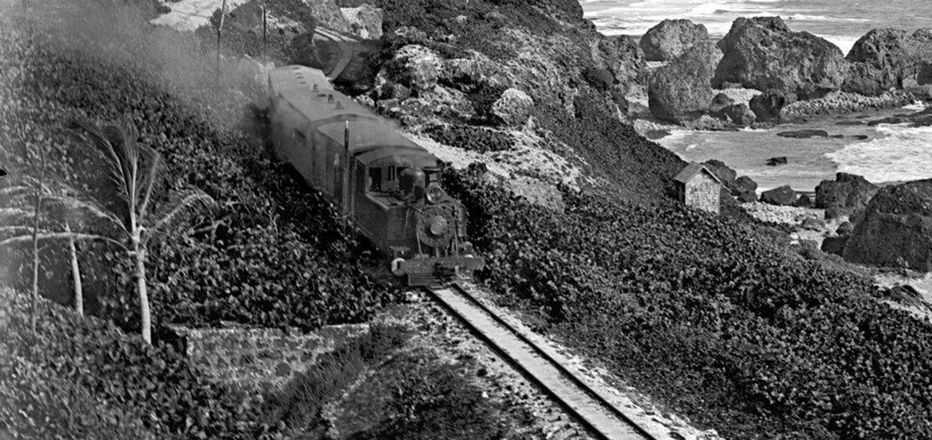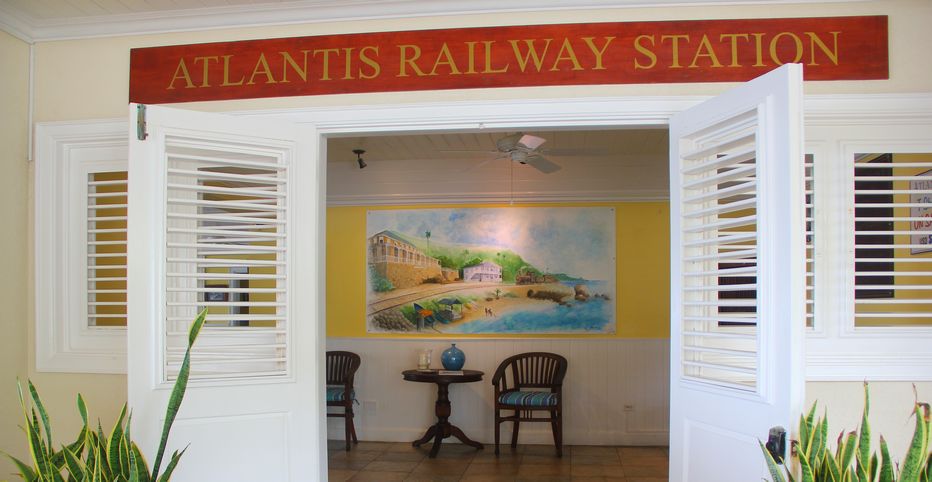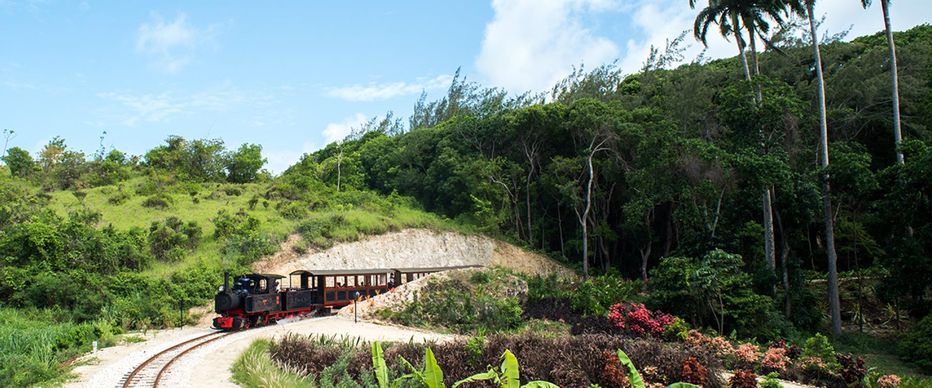Barbados Railway: A Journey Through Time, Culture, and Resilience
Though its locomotives have long since fallen silent, the legacy of The Barbados Railway endures, not as a relic of the past, but as a testament to Barbados' ingenuity, resilience, and ability to reimagine itself. From its historical significance to modern-day reincarnations, it is a story of movement - of people, goods, and ideas - and of how the echoes of progress can shape the future.

A Historical Backbone: The Rise and Fall of the Iron Horse
Inaugurated in 1881, the Barbados Railway was a bold venture that symbolized the island's forward-thinking spirit. Stretching from Bridgetown, the bustling capital, to Belleplaine in the northern countryside, the railway was initially conceived to transport sugar, the lifeblood of Barbados' economy, from the island's many plantations.
It also became a cultural connector, ferrying passengers through rolling cane fields, sleepy villages, and coastal vistas, stitching together the island's diverse communities.

The railway's steam engines, with their rhythmic chugs and billowing smoke, were a symbol of modernity in a colonial society. For many Barbadians, the train was not just a mode of transport but a harbinger of change.
In 1937, after decades of service, the last train rolled to a stop, and the tracks fell silent.
Traversing the Island: A Journey Through Barbados' Heart
The Barbados Railway was a journey through the island's soul, as its route spanned approximately 24 miles, cutting through some of Barbados' most iconic landscapes. From the bustling streets of Bridgetown, the train ventured into the lush parish of St. George, where emerald cane fields stretched to the horizon. Hugging the coastline of the eastern parishes it rewarded weary travellers with ocean breezes and panoramic views.

Along the way, the railway passed through villages and plantations, bringing together rural and urban communities, farmers and merchants, locals and visitors.
Artefacts and Echoes: The Railway's Tangible Legacy
Though the trains no longer run, the Barbados Railway lives on in the artefacts scattered across the island. The remnants of railway bridges still dot the coastline, rusting tracks battle the waves (erosion claiming them from the land), and the eagle-eyed can still find track spikes along the old train route.


The Great Train Hike: Walking in the Footsteps of History
In recent years, the Barbados Railway has found new life through the Great Train Hike, an annual event that invites participants to retrace the railway's route on foot. Conceptualized by the Barbados National Trust, the hike is more than a physical challenge; it is a journey through time. As hikers traverse old tracks, cross trestles, and pass through villages, they are immersed in the island's history and natural beauty.

The Great Train Hike is a celebration of resilience, both of the railway and the people who once depended on it. It is a reminder that even as technologies evolve and landscapes change, the past remains a vital part of the present.
The Trailway Project: Reimagining the Railway for the Future
The spirit of the Barbados Railway is also alive in the Barbados Trailway Project, an ambitious initiative to transform the old rail corridor into a multi-use trail - a sustainable, accessible space for walking, running, cycling, and community activities. By repurposing the railway's infrastructure, the Trailway Project honors the past while looking to the future.
The trailway will not only provide a safe and scenic route for recreation but also serve as a green corridor, promoting biodiversity and environmental stewardship. It is a testament to Barbados' ability to adapt and innovate, turning what was once a symbol of industrial progress into a beacon of sustainable development.
Full Circle: The St. Nicholas Abbey Heritage Railway
Toot toot! The spirit of the Barbados Railway has been rekindled with the introduction of the St. Nicholas Abbey Heritage Railway. This charming steam-powered railway offers a nostalgic journey through lush landscapes. Operated by the historic St. Nicholas Abbey, a 17th-century plantation and rum distillery, the railway is a tribute to Barbados' industrial and agricultural heritage.

The Barbados Railway may have reached its final stop, but its journey is far from over - it remains a testament to the enduring power of movement, connection, and community.






